When starting your journey with houseplants, it’s easy to feel overwhelmed by the variety of options. While some plants are great for beginners, others can be incredibly demanding and may not thrive without precise care. Choosing the wrong plants can lead to frustration and disappointment.
This guide will walk you through seven houseplants that are best avoided if you’re new to indoor gardening. We’ll also offer tips for alternative plants that are beginner-friendly.
1. Bonsai Trees
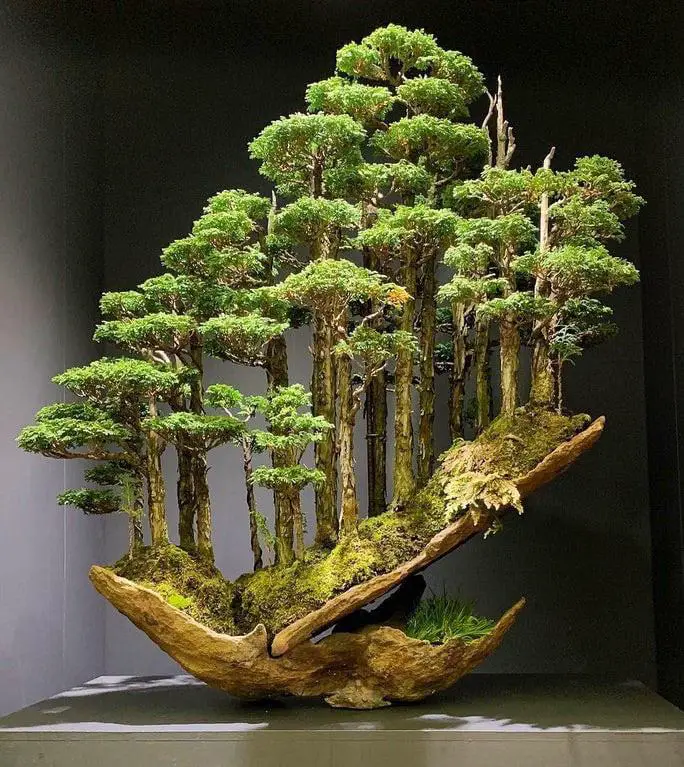
Bonsai trees are undeniably beautiful, and often seen as a symbol of patience and art. However, maintaining their miniature size is no small task. These trees require regular pruning of both roots and crowns, which can be intimidating for someone without experience.
Bonsai trees are also highly sensitive to changes in temperature and light. Missing a watering session or overwatering can cause irreversible damage.
In addition to their upkeep, bonsai trees need specific soil and fertilizers to thrive. You’ll also need to carefully monitor their growth and shape, which involves intricate trimming techniques. For someone new to houseplants, this level of care can quickly become overwhelming.
Beginner Tip: If you love the look of bonsai trees but lack the time for their upkeep, consider jade plants or dwarf jade. These are low-maintenance and can mimic the bonsai’s aesthetic without the stress.
2. Caladium
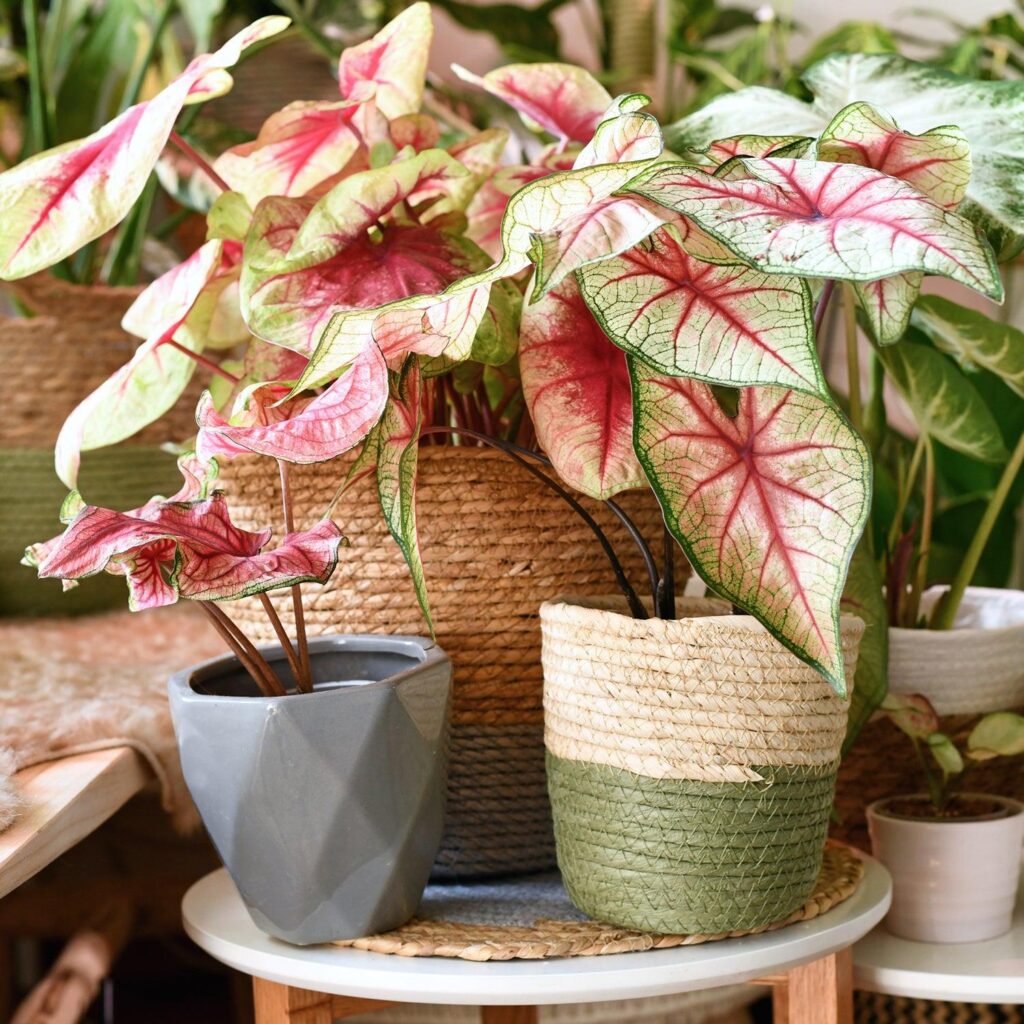
Caladium plants are known for their vibrant, heart-shaped leaves that come in a variety of colors. While stunning, they require high humidity and warm temperatures to thrive.
This can be hard to achieve in most homes, especially during winter. Caladiums also have a dormant period where they lose their leaves entirely, which might make beginners think the plant is dead.
These plants need indirect sunlight and frequent watering, but overwatering can lead to root rot. Their leaves are also prone to wilting if the conditions are not just right. Additionally, Caladium plants are toxic to pets and humans if ingested, adding another layer of caution.
Beginner Tip: If you’re drawn to colorful foliage, try a pothos plant instead. Pothos are hardy, adaptable, and much easier to care for.
3. Succulents
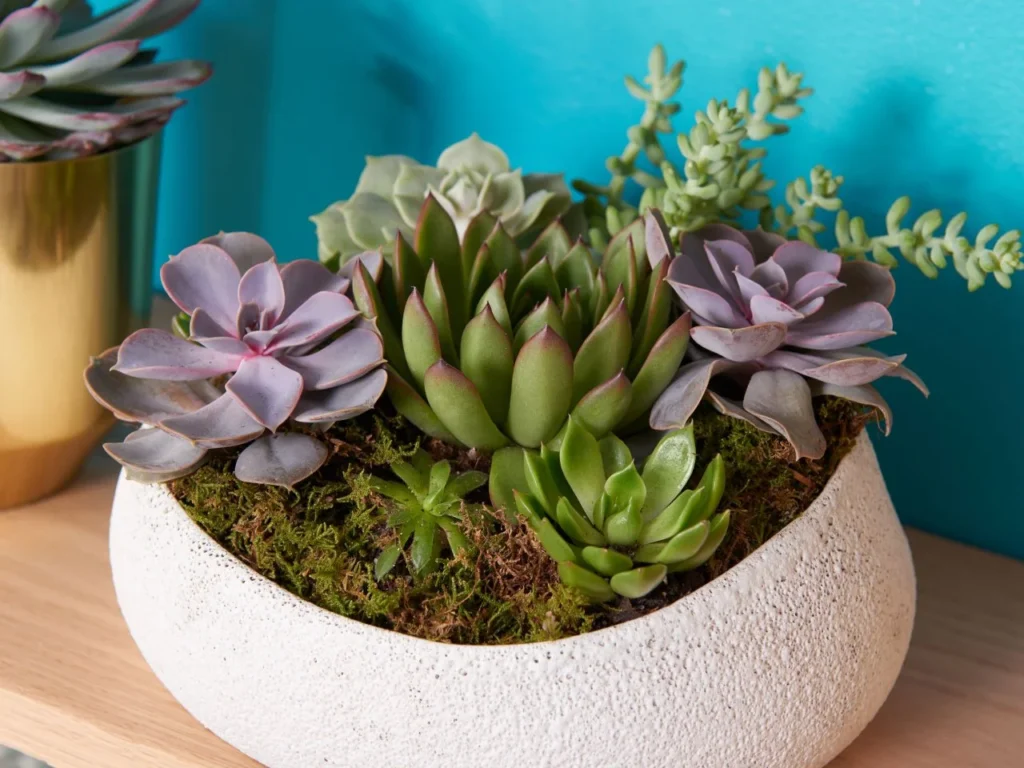
Succulents are often marketed as low-maintenance plants, but they can be tricky for beginners. These plants are highly sensitive to overwatering, which is one of the most common mistakes made by new plant owners. Succulents prefer bright, indirect sunlight and dry soil.
If they’re placed in low light or watered too frequently, they can develop root rot or stretch, leggy growth.
Another challenge is understanding their dormancy periods. Many succulents enter a dormant phase where they require even less water, which can confuse beginners. Furthermore, pests like mealybugs and spider mites can target succulents, requiring extra vigilance.
Beginner Tip: If you’re set on growing succulents, start with hardy varieties like jade plants or echeverias. These are more forgiving and adaptable to indoor conditions.
4. Avocado Trees
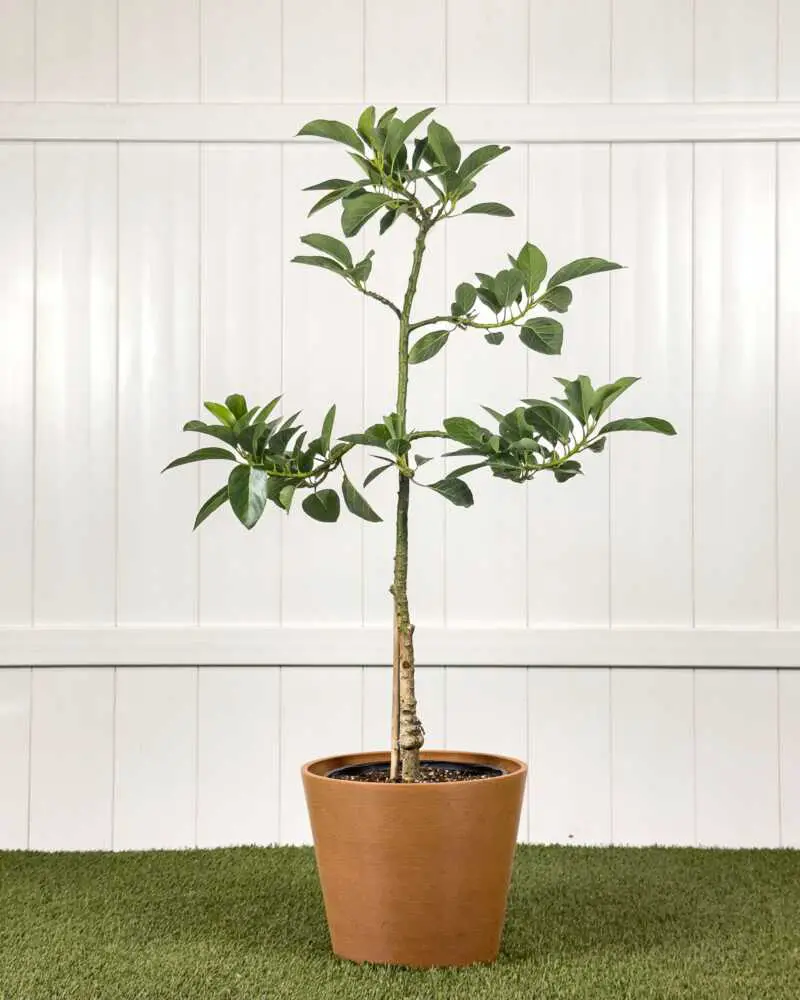
Growing an avocado tree indoors from a pit is a popular DIY project, but it’s not as easy as it sounds. These trees require specific light and temperature conditions to grow well. Even if they survive, they’re unlikely to produce fruit without expert care and the right environment.
Avocado trees need plenty of sunlight and consistent watering, but overwatering can lead to root issues. They also grow quite large over time, which can make them unsuitable for indoor spaces.
For beginners, the effort required to maintain an avocado tree often outweighs the benefits.
Beginner Tip: Instead of an avocado tree, consider growing an indoor citrus tree like a dwarf lemon or lime tree. These are more manageable and can still provide a rewarding experience.
Related Topics:
5. Carnivorous Plants (e.g., Venus Flytrap)
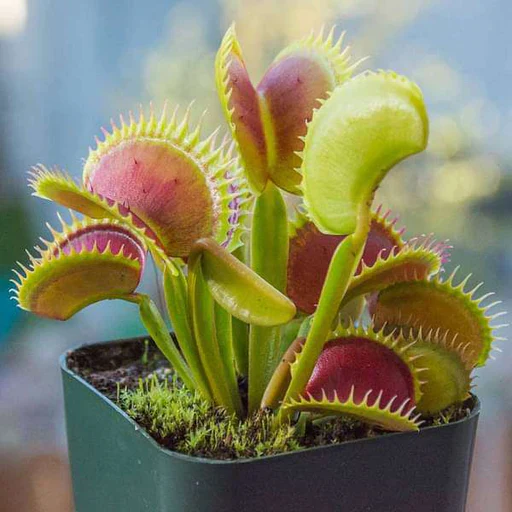
Carnivorous plants like the Venus flytrap are fascinating and unique, but they’re not ideal for beginners. These plants require specific environments, including high humidity, bright light, and nutrient-poor soil.
They also need distilled or rainwater, as tap water can harm them.
Feeding these plants is another challenge. While they can catch insects on their own, they still need to be in an area where bugs are plentiful. Overfeeding or improperly feeding them can cause their traps to die off. Maintaining these conditions can be difficult for someone without experience.
Beginner Tip: If you’re intrigued by unusual plants, consider a snake plant. It’s hardy, low-maintenance, and adds a unique touch to any space.
6. Philodendrons

Philodendrons are popular for their lush, green foliage, but they come with a significant drawback: they’re toxic to pets and humans. If you have curious pets or small children, this can pose a serious risk.
While philodendrons are not particularly difficult to care for, their toxicity makes them a less-than-ideal choice for many households.
These plants prefer bright, indirect light and need their soil to dry out between waterings. However, improper watering can lead to root rot or yellowing leaves. For beginners, balancing their care needs and keeping them out of reach of pets can be challenging.
Beginner Tip: A great alternative is the spider plant. It’s safe for pets, easy to care for, and still offers beautiful greenery.
7. Poinsettia
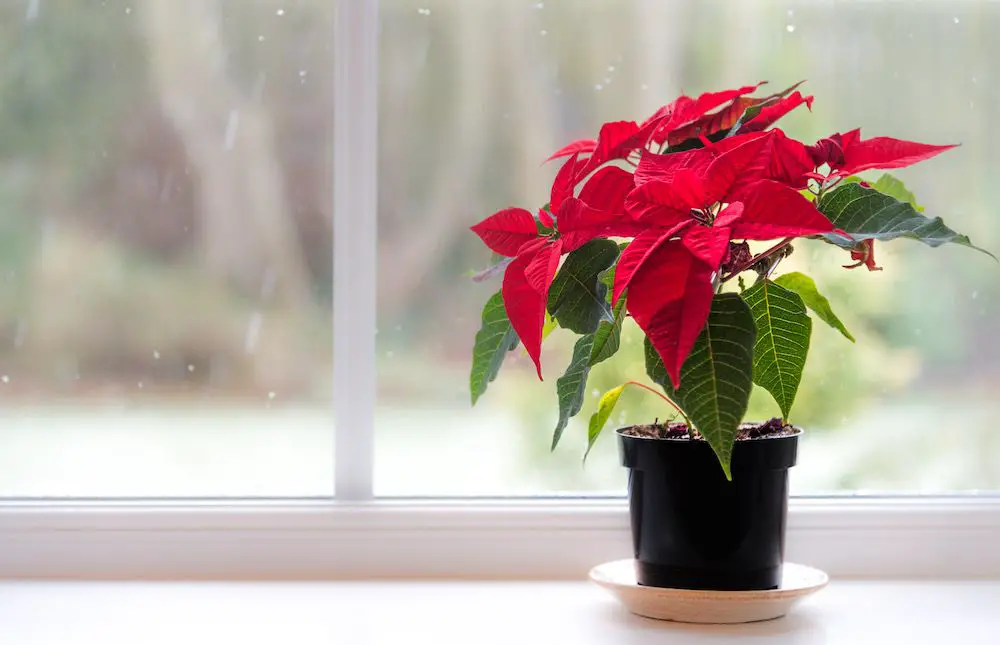
Poinsettias are a holiday favorite, known for their bright red and green foliage. However, they’re notoriously difficult to keep alive after the holiday season. These plants require specific conditions to rebloom, including consistent light cycles and careful watering.
Poinsettias are also sensitive to drafts and temperature changes, which can cause their leaves to drop. Their care requirements often make them frustrating for beginners who are not familiar with maintaining such delicate plants.
Beginner Tip: Instead of poinsettias, consider holiday cacti. They’re easier to care for and still bring a festive touch to your home.
Starting with the right houseplants can make all the difference in your indoor gardening experience. While the plants on this list are beautiful and unique, their demanding care requirements make them better suited for experienced plant enthusiasts.
As a beginner, opt for low-maintenance plants like pothos, snake plants, or spider plants. These hardy options will help you build confidence and enjoy the process of growing and caring for houseplants.
Remember, every plant has its own needs, so take the time to research and understand what works best for your home and lifestyle. Happy planting!
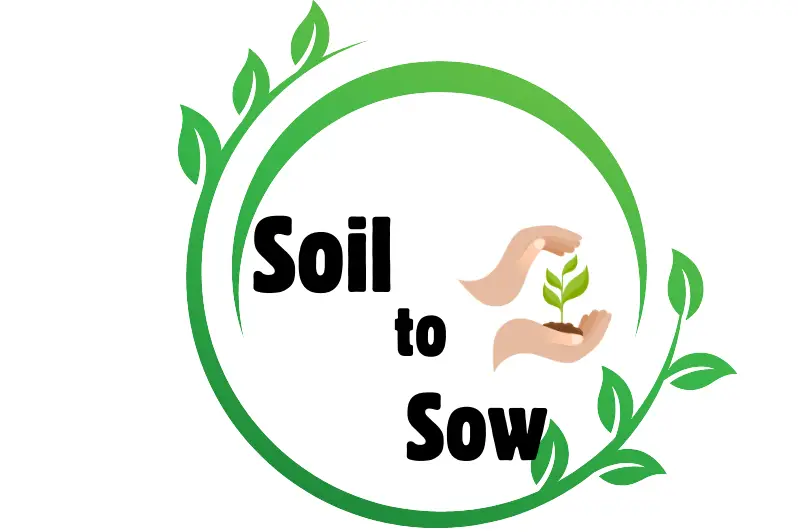
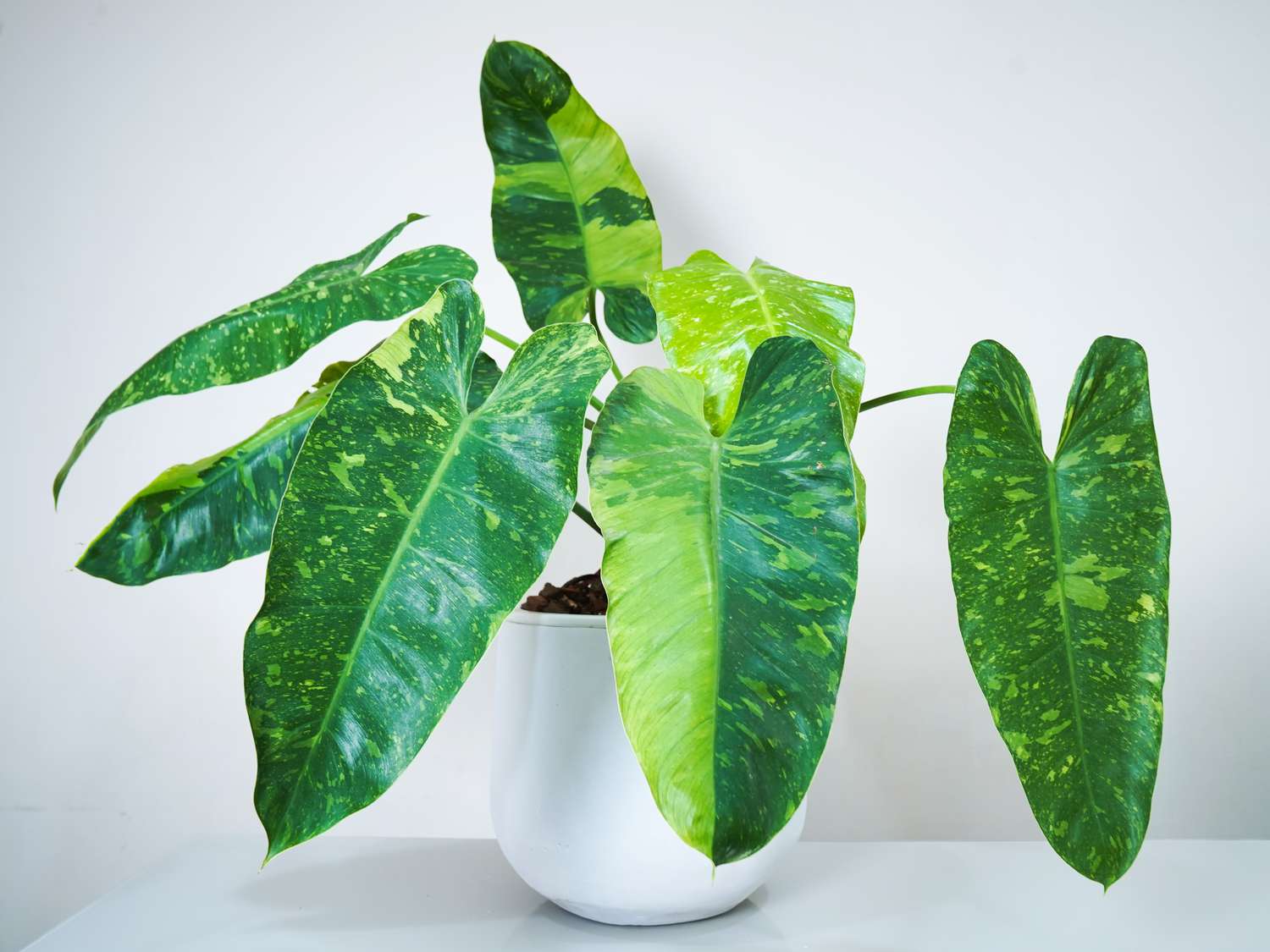
1 thought on “7 Houseplants You Should Avoid as a Beginner”